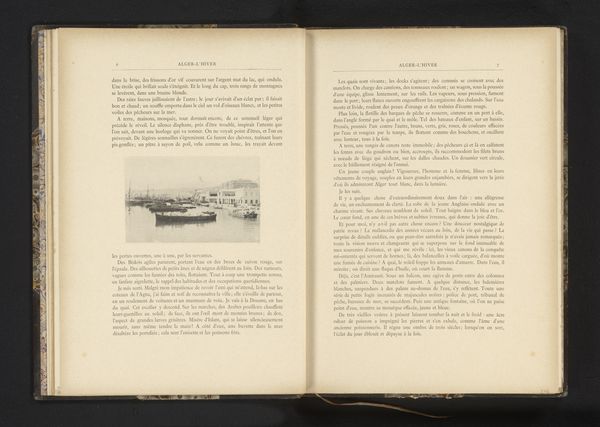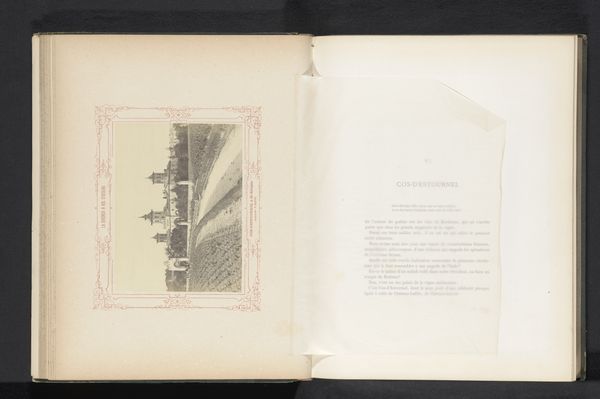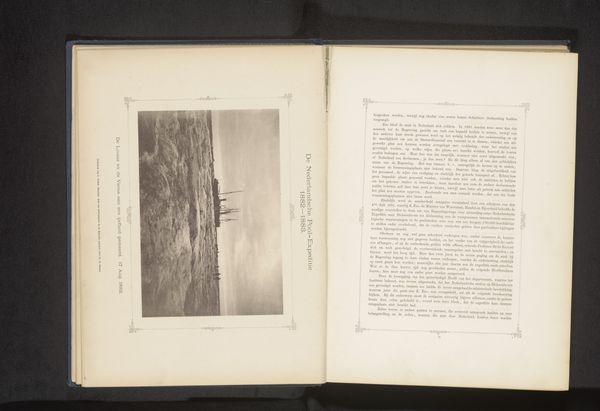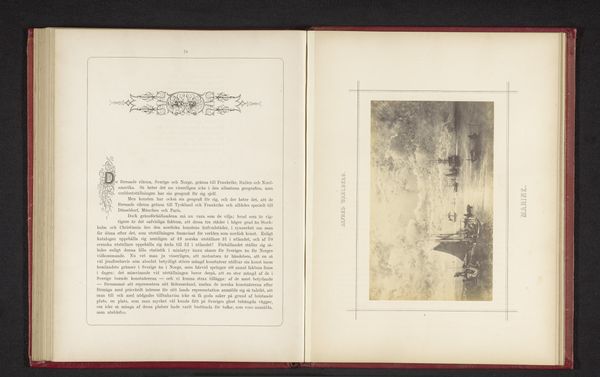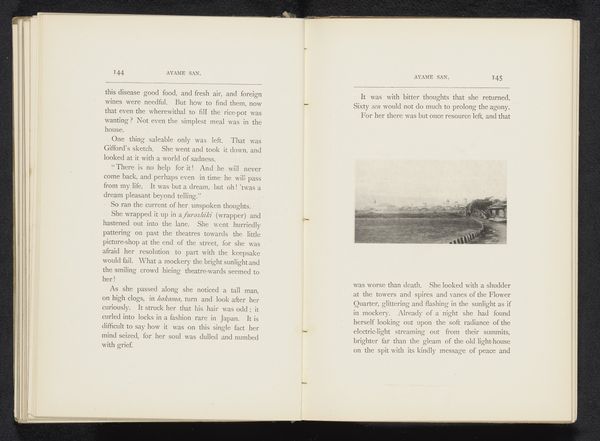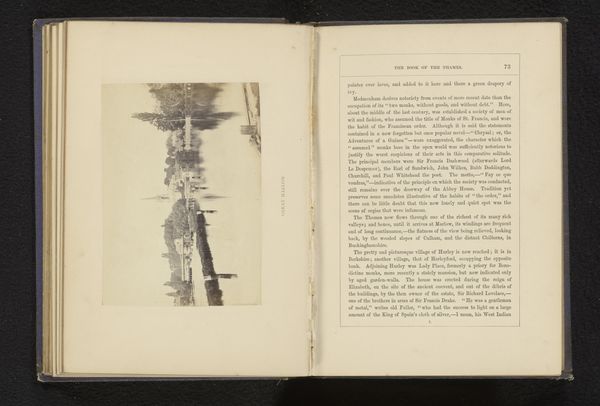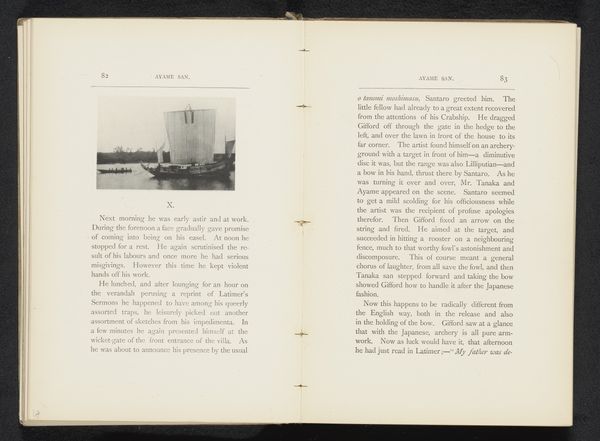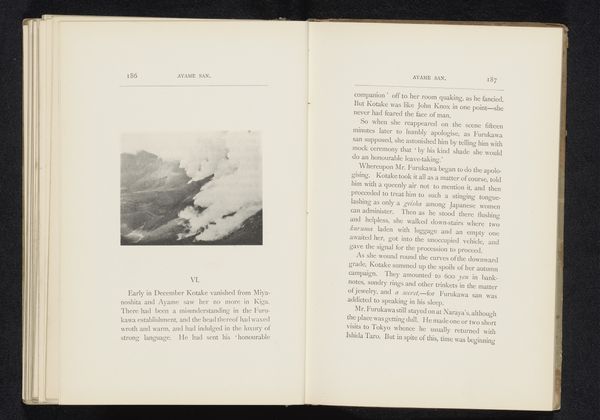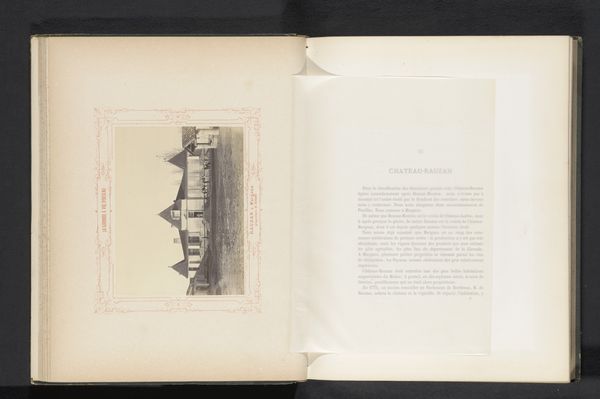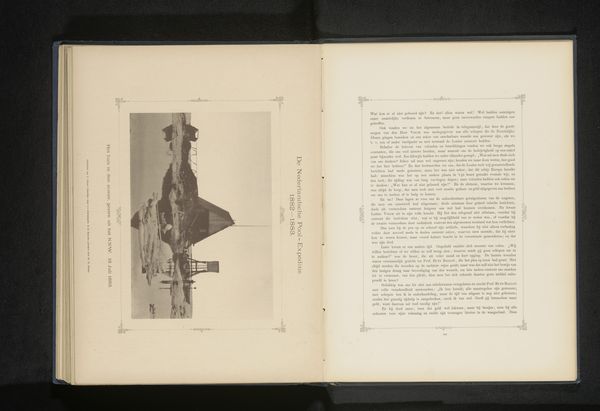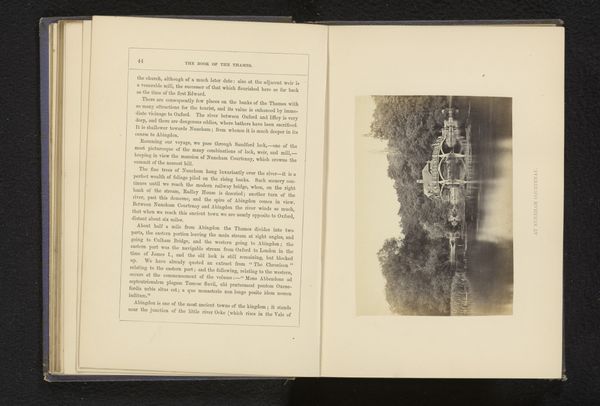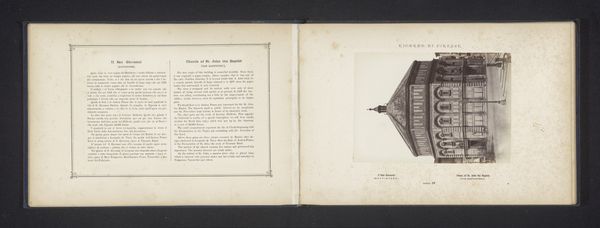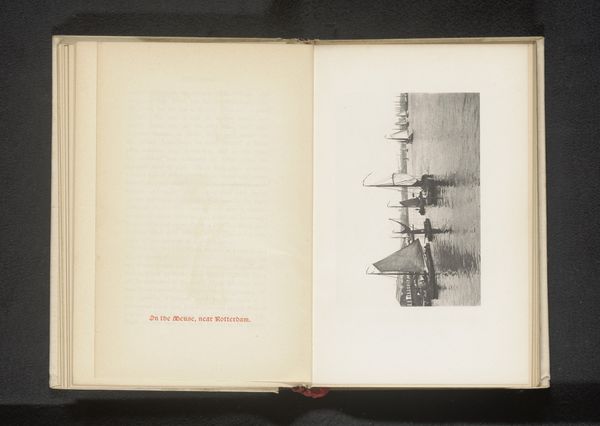
print, photography, gelatin-silver-print, albumen-print
# print
#
photography
#
gelatin-silver-print
#
cityscape
#
italian-renaissance
#
albumen-print
Dimensions: height 143 mm, width 104 mm
Copyright: Rijks Museum: Open Domain
Editor: This is "Gezicht op het Palazzo Vecchio in Florence," a gelatin silver print by Giacomo Brogi, created before 1871. I’m immediately struck by how it's presented as an artifact within an album. What is the significance of how it’s displayed? Curator: That's an astute observation. The presentation within an album format suggests it was created for consumption within a specific social milieu, perhaps as a souvenir for affluent tourists participating in the Grand Tour or for collectors of historical imagery. The Palazzo Vecchio, as a symbol of Florentine power, gains a new dimension as it becomes a mass-produced object accessible through photography. How do you think this access changed perceptions of the Renaissance and its associated imagery? Editor: It democratizes it, making a powerful symbol available to a wider audience. It's no longer exclusively tied to high culture or those who can physically visit. Was photography seen as a threat to traditional artistic representation at the time? Curator: Absolutely. Photography presented a challenge to painting and other established art forms. Think about the evolving role of art itself within society. Art shifts away from pure representation. Now, it takes on more abstract functions. This photograph highlights a crucial moment when art became a tool of documentation and, in some ways, commodification. The “aura” of a unique, handmade artwork is diminished. Editor: So, this photograph tells a story not just about Florence but about how we began to consume art and history. It makes you consider the socio-economic implications of visual culture in a new light. Curator: Exactly! By considering the original location of an object such as a print, we discover narratives of how society uses it. What was initially created as high art transforms over time, its meaning redefined by socioeconomic realities and visual language of the period. Editor: I had not considered photography’s function beyond art, thank you!
Comments
No comments
Be the first to comment and join the conversation on the ultimate creative platform.
